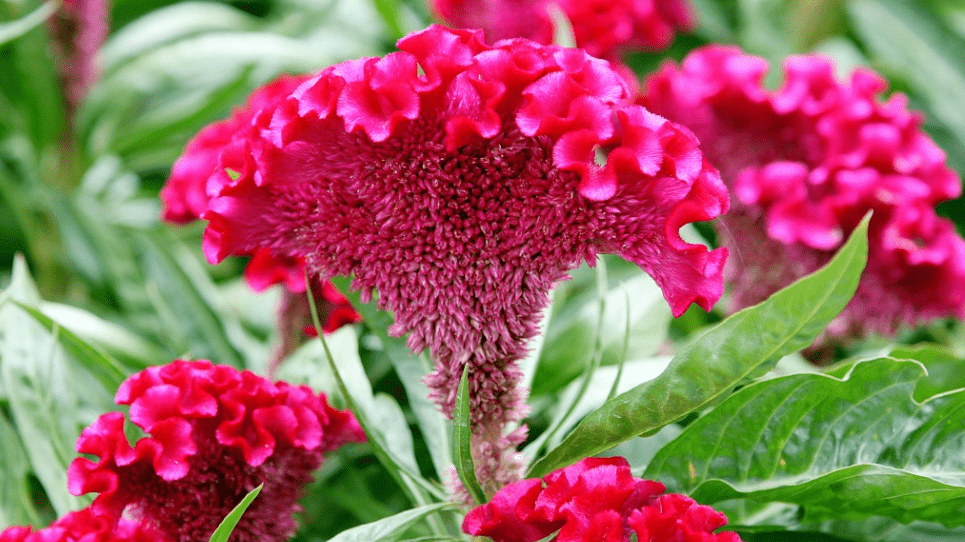
Cock's Comb Flowers: Planting, Growing, and Maintenance Tips
Cock’s comb flowers, also known as Celosia, are a beautiful and unique addition to any garden. In this post, we will provide you with all the tips and advice you need to successfully plant, grow, and maintain these stunning flowers in your own garden. From soil preparation to watering and pruning, we will cover everything you need to know to ensure that your cockscomb flowers thrive and flourish. Whether you are a seasoned gardener or just starting out, this post will provide you with the information you need to cultivate these vibrant and eye-catching flowers in your own outdoor space.
Table of Contents
ToggleChoosing the Right Variety
A. Types of Cock’s Comb Flowers
There are three main types of cockscomb flowers: plumed, crested, and cristata. Plumed cockscomb flowers have feathery, upright blooms, crested cockscomb flowers have a smooth, rounded shape, and cristata cockscomb flowers have a unique, coral-like appearance. When choosing the right variety for your garden, consider the space you have available and the overall aesthetic you want to achieve.
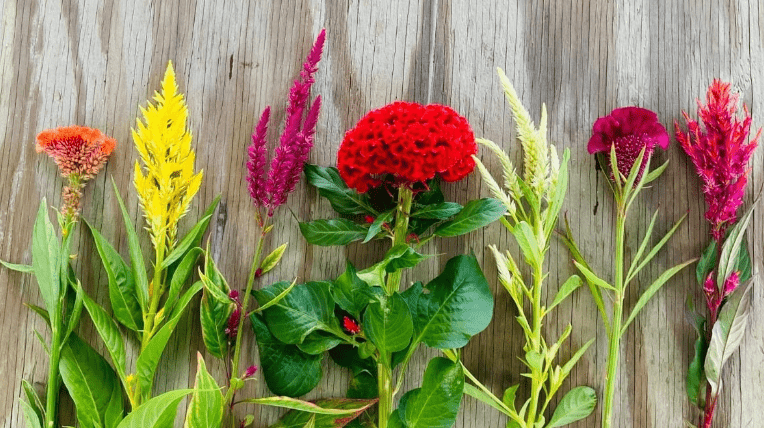
B. Selecting the Best Variety for Your Garden
When selecting the best variety of cockscomb flowers for your garden, consider factors such as the available space, the overall aesthetic you want to achieve, and the specific characteristics of each type of cockscomb flower. Plumed cockscomb flowers have feathery, upright blooms, crested cockscomb flowers have a smooth, rounded shape, and cristata cockscomb flowers have a unique, coral-like appearance. Choose the variety that best suits your preferences and the conditions in your outdoor space.
Preparing for Planting
A. Selecting the Ideal Location
1. Sunlight requirements
Consider the sunlight requirements for the variety of cockscomb flower you have chosen. Most varieties prefer full to partial sunlight, so choose a location in your garden that receives the appropriate amount of sunlight based on the specific needs of your chosen variety.
2. Soil conditions and pH levels
Check the soil conditions and pH levels in the area where you plan to plant your cockscomb flowers. These flowers thrive in well-drained soil with a slightly acidic pH level. Make sure to amend the soil if necessary to ensure that it meets the ideal conditions for growing cockscomb flowers.
B. Choosing the Right Containers
1. Container gardening options
When it comes to container gardening for cockscomb flowers, make sure to choose a container that is large enough to accommodate the mature size of the plant. Consider using a container with drainage holes to ensure proper water drainage. Additionally, choose a high-quality potting mix that is well-draining and nutrient-rich to provide the best growing conditions for your cockscomb flowers.
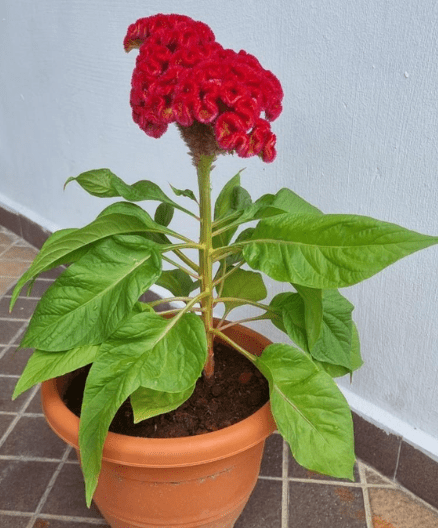
Planting Cock’s Comb Flowers
A. Starting from Seeds
1. How to germinate cock’s comb seeds
To germinate cockscomb seeds, start by soaking them in warm water for 24 hours to help soften the seed coat. Then, plant the seeds in a well-draining potting mix, lightly covering them with a thin layer of soil. Keep the soil consistently moist but not waterlogged and place the container in a warm, sunny location. Germination should occur within 7-14 days. Once the seedlings have established, transplant them into a larger container or garden bed with proper spacing.
2. Transplanting seedlings into the garden or containers
When transplanting cock’s comb seedlings into the garden or containers, make sure to choose a location with well-draining soil and full sun. Before transplanting, harden off the seedlings by gradually exposing them to outdoor conditions over the course of a week. Dig a hole that is slightly larger than the root ball of the seedling and gently place it in the hole, covering the roots with soil. Water the newly transplanted seedlings thoroughly and continue to keep the soil consistently moist as they establish themselves in their new location.
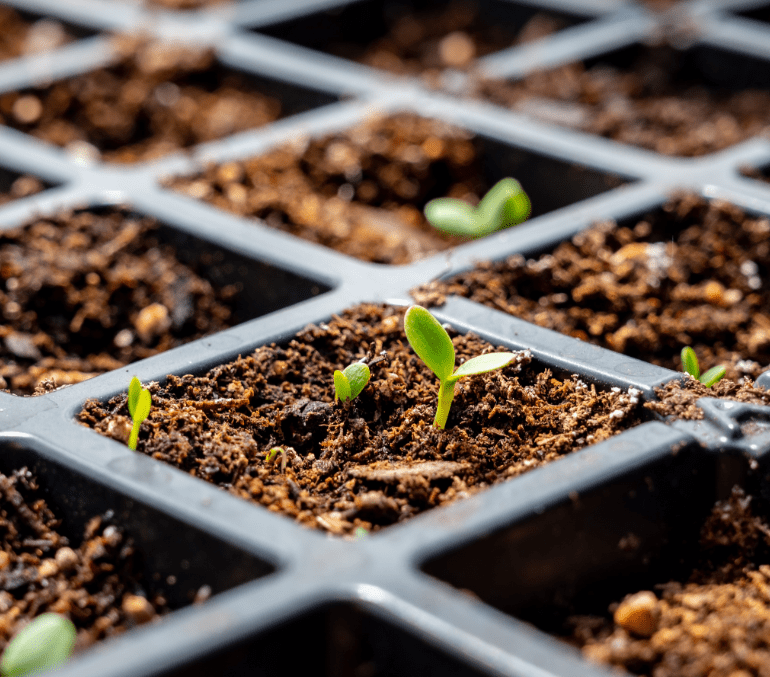
B. Starting from Nursery Plants
If you are starting with nursery plants, it’s important to carefully remove the plant from its container, gently tease apart the roots, and then plant it in the desired location. Ensure that the plant is placed at the same depth as it was in the nursery container and water thoroughly after planting. Keep the soil consistently moist as the plant establishes itself in its new location. And remember to provide adequate spacing between plants to allow for proper growth.
Soil and Fertilization
A. Preparing the Soil
1. Soil composition and amendments
When preparing the soil for planting, it’s important to consider the composition and amendments needed for optimal plant growth. Test the soil to determine its pH and nutrient levels and make any necessary adjustments with amendments such as compost, peat moss, or perlite. Ensure that the soil is well-draining to prevent waterlogged roots and promote healthy plant growth.
Additionally, consider the specific needs of the plants you are growing and adjust the soil composition accordingly. Some plants may thrive in sandy soil, while others may require a richer, loamy soil. Understanding the needs of your plants will help you create the ideal growing environment for them.
2. Fertilization Schedule
Incorporating fertilizers into the soil can provide essential nutrients for plant growth. Choose a fertilizer specifically formulated for the type of plants you are growing and follow the recommended application rates. Organic fertilizers, such as compost or manure, can also be added to improve soil fertility and provide a slow-release source of nutrients for plants.
It’s important to avoid over-fertilizing, as this can lead to nutrient imbalances and potential damage to the plants. Regularly monitor the health and growth of your plants to determine if additional fertilization is necessary. By properly preparing the soil and providing the necessary nutrients, you can create an optimal growing environment for your plants.
Watering and Mulching
A. Watering Guidelines
Watering your plants is essential for their growth and survival. It’s important to water them deeply and thoroughly, rather than shallow and frequently, to encourage deep root growth. The frequency of watering will depend on the type of plant, soil type, and weather conditions. Generally, it’s best to water in the early morning or late afternoon to reduce water loss through evaporation. Using a soaker hose or drip irrigation system can also help to deliver water directly to the roots and minimize water waste.
B. Mulching Techniques
Mulching is a great way to conserve moisture, suppress weeds, and improve the overall health of your plants. Organic mulches like wood chips, straw, or compost can help to retain moisture in the soil and regulate soil temperature. When applying mulch, be sure to spread it evenly around the base of the plants, leaving a small gap around the stem to prevent rot. It’s important to replenish mulch regularly to maintain its effectiveness. Additionally, using a thick layer of mulch (about 2-4 inches) will provide the best results. Overall, mulching is a simple and effective way to improve the health and vigor of your plants.
Pruning and Shaping
A. When and How to Prune
Pruning is an important part of maintaining the health and appearance of your plants. It’s best to prune in late winter or early spring before new growth begins. When pruning, be sure to use clean, sharp tools to make clean cuts and minimize damage to the plant. Cut at a 45-degree angle just above a bud or lateral branch to encourage new growth. It’s important to remove dead or diseased branches, as well as any crossing or rubbing branches. Additionally, shaping can help to promote a more desirable growth pattern and improve the overall appearance of your plants. Overall, proper pruning and shaping can help to maintain the health and vitality of your plants.
B. Managing Plant Size
Cockscomb flowers can grow quite large, so it’s important to manage their size to ensure they don’t overcrowd your garden space. One way to do this is through pruning and shaping. It’s best to prune in late winter or early spring before new growth begins. When pruning, be sure to use clean, sharp tools to make clean cuts and minimize damage to the plant. Cut at a 45-degree angle just above a bud or lateral branch to encourage new growth.
Pest and Disease Management
A. Common Pests
Cockscomb flowers are susceptible to common pests such as aphids, spider mites, and caterpillars. To manage these pests, you can use insecticidal soaps or horticultural oils to smother and kill them. Regularly inspect your plants for signs of infestation and take prompt action to prevent the spread of pests to other plants in your garden. Additionally, you can create a barrier around your plants using row covers to prevent pests from reaching them. It’s important to regularly monitor your plants for signs of pest activity and take appropriate measures to manage them.
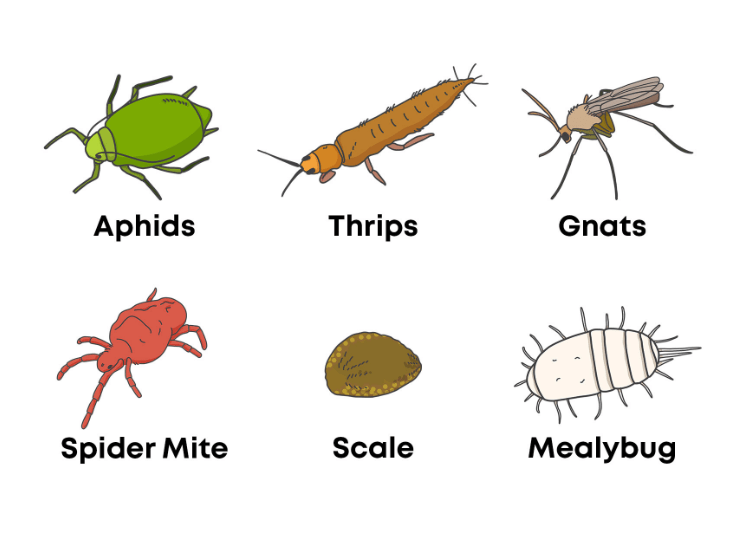
B. Preventing and Treating Diseases
Cockscomb flowers are also susceptible to various diseases such as powdery mildew, downy mildew, and root rot. To prevent these diseases, it’s important to provide proper air circulation and avoid overwatering. If you notice any signs of disease, such as discoloration or wilting, it’s important to take immediate action. Remove and dispose of any infected plant material to prevent the spread of disease. You can also use fungicides to treat and prevent diseases, following the manufacturer’s instructions carefully. It’s important to regularly monitor your plants for signs of disease and take prompt action to prevent their spread.
1. Organic and chemical treatment options
There are both organic and chemical treatment options available for preventing and treating diseases in cockscomb flowers. Organic options include providing proper air circulation, avoiding overwatering, and removing infected plant material. Chemical options include using fungicides, following the manufacturer’s instructions carefully. Both options should be used with caution and in accordance with best practices to effectively prevent and treat diseases in cockscomb flowers.
Encouraging Blooming and Vibrant Colors
A. Optimal Conditions for Flowering
To encourage blooming and vibrant colors in your cockscomb flowers, it’s important to provide optimal growing conditions. This includes ensuring they receive adequate sunlight, typically at least six hours of direct sunlight per day. Additionally, providing well-drained soil and regular watering, allowing the soil to dry out slightly between waterings, can help promote healthy growth and vibrant blooms. Adding a balanced fertilizer can also support healthy flowering. Lastly, deadheading or removing spent flowers can encourage the plant to produce more blooms.
B. Extending Bloom Period
To extend the bloom period of your cockscomb flowers, you can continue to provide them with the optimal growing conditions mentioned earlier. Additionally, you can consider adding a layer of mulch around the base of the plant to help retain moisture and regulate soil temperature, which can help prolong the blooming period. Regularly removing any faded or wilted blooms can also encourage the plant to continue producing new flowers. Lastly, consider providing some protection from extreme weather conditions, such as strong winds or heavy rain, to help prolong the life of the blooms. With these steps, you can enjoy a longer period of vibrant and colorful flowers in your garden.
Harvesting and Using Cock’s Comb Flowers
A. When to Harvest & Using Your Harvest
The best time to harvest cockscomb flowers is in the morning, after the dew has dried but before the sun gets too hot. This is when the flowers are at their freshest and most vibrant. You can cut the blooms with a sharp pair of scissors or pruning shears, leaving a few inches of stem attached. Once harvested, you can use the flowers in floral arrangements, or you can dry them for decorative purposes. To dry the flowers, simply hang them upside down in a warm, dry area with good air circulation. After a few weeks, they should be fully dried and ready to use in crafts or other decorative projects.
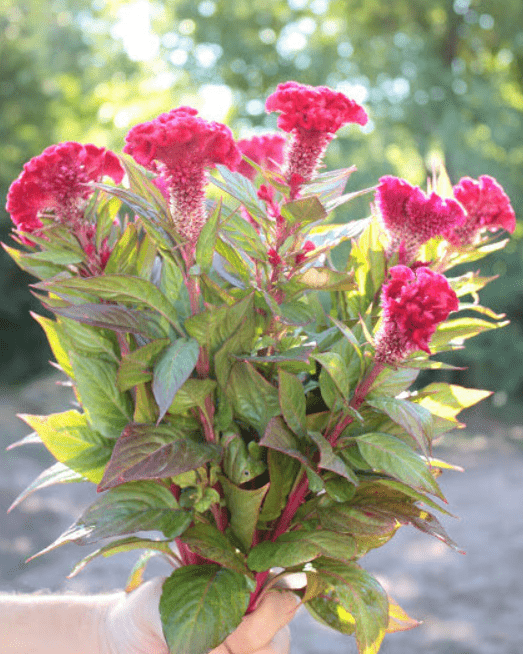
Troubleshooting Common Problems
A. Yellowing Leaves, Poor Flowering, and Other Issues
Yellowing leaves, poor flowering, and other issues with cockscomb flowers can be caused by a variety of factors. It could be due to overwatering, inadequate sunlight, or nutrient deficiencies. To troubleshoot these problems, make sure you are watering the plants properly, ensuring they receive enough sunlight, and providing them with the necessary nutrients through fertilization. It’s also important to keep an eye out for pests and diseases, as they can also cause issues with the health and flowering of the plant. By addressing these common problems, you can help ensure that your cockscomb flowers thrive and produce beautiful blooms.
In conclusion, growing cockscomb flowers can be a rewarding and enjoyable experience for any gardener. By following the tips and advice provided in this post, you can ensure that your cockscomb flowers thrive and add beauty to your garden. Remember to choose a sunny location with well-drained soil, water regularly, and provide occasional pruning to encourage healthy growth. With proper care and attention, you can enjoy the vibrant and unique blooms of cockscomb flowers in your garden.
Frequently Asked Questions (FAQs)
The best time to plant cock’s comb flowers is in the spring, after the last frost has passed.
Cock’s comb flowers thrive in full sunlight, so it’s best to plant them in an area that receives at least 6-8 hours of sunlight per day.
Cock’s comb flowers prefer well-drained, fertile soil. Adding organic matter such as compost can help improve the soil quality for these flowers.
Cock’s comb flowers should be watered regularly, especially during dry periods. However, it’s important not to overwater them, as this can lead to root rot.
Cock’s comb flowers typically grow to a height of 6-12 inches, depending on the variety.
Cock’s comb flowers are relatively low-maintenance, but deadheading (removing spent blooms) can help encourage continuous flowering.
Yes, cock’s comb flowers can be grown in containers, as long as the container has good drainage and the plants receive enough sunlight.
Cock’s comb flowers are relatively resistant to pests and diseases, but keeping an eye out for common garden pests and diseases is always a good practice for maintaining plant health.
